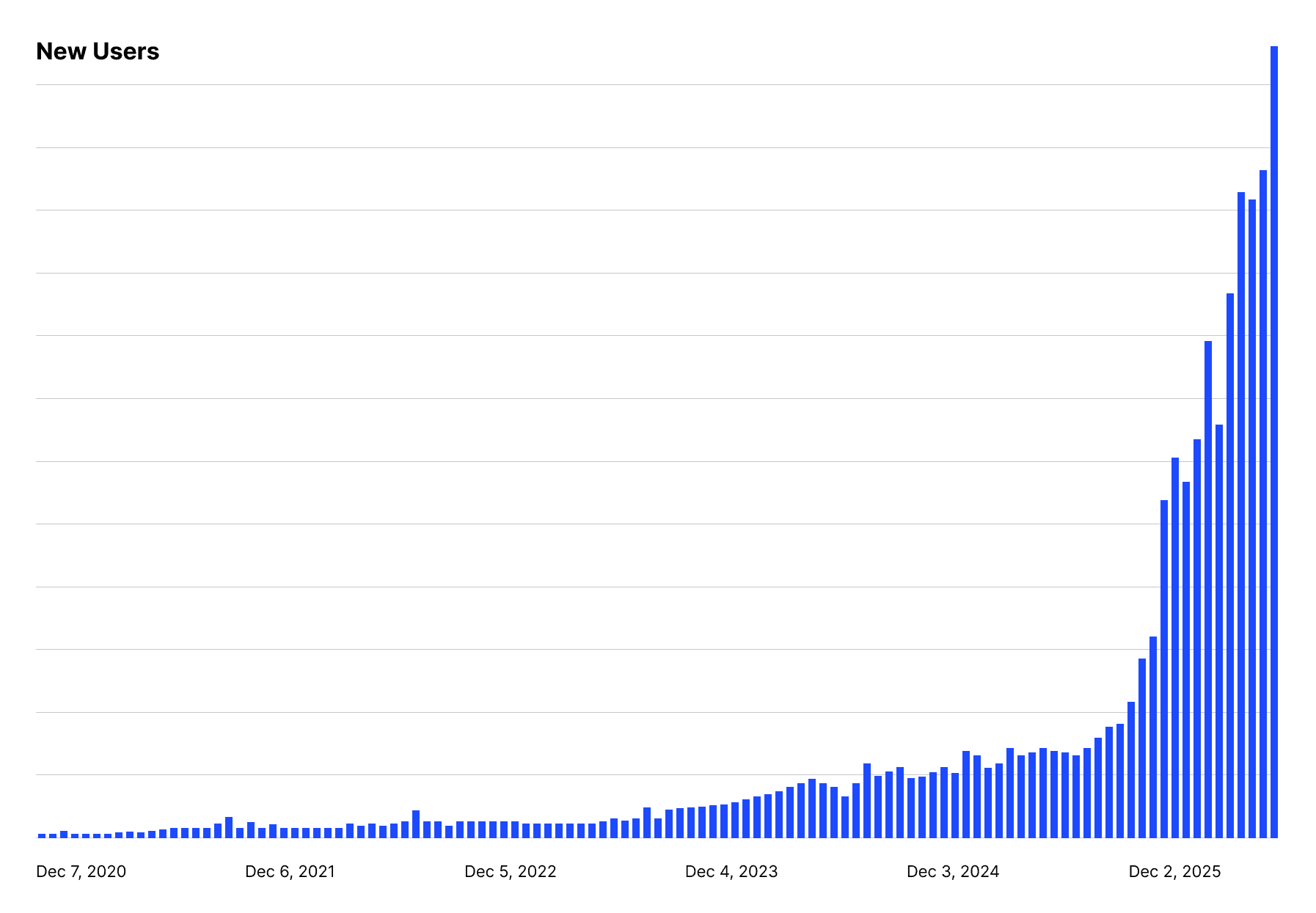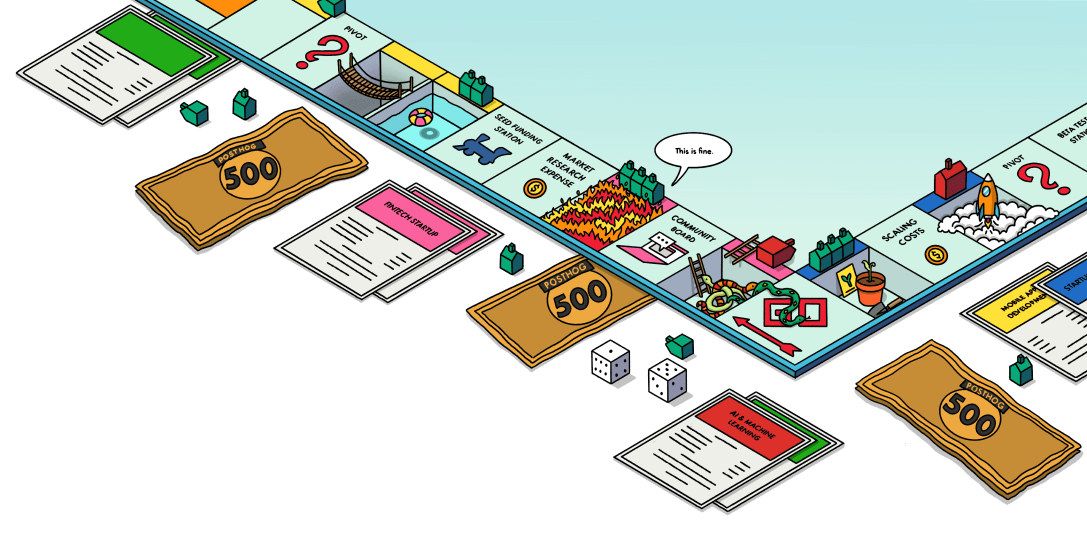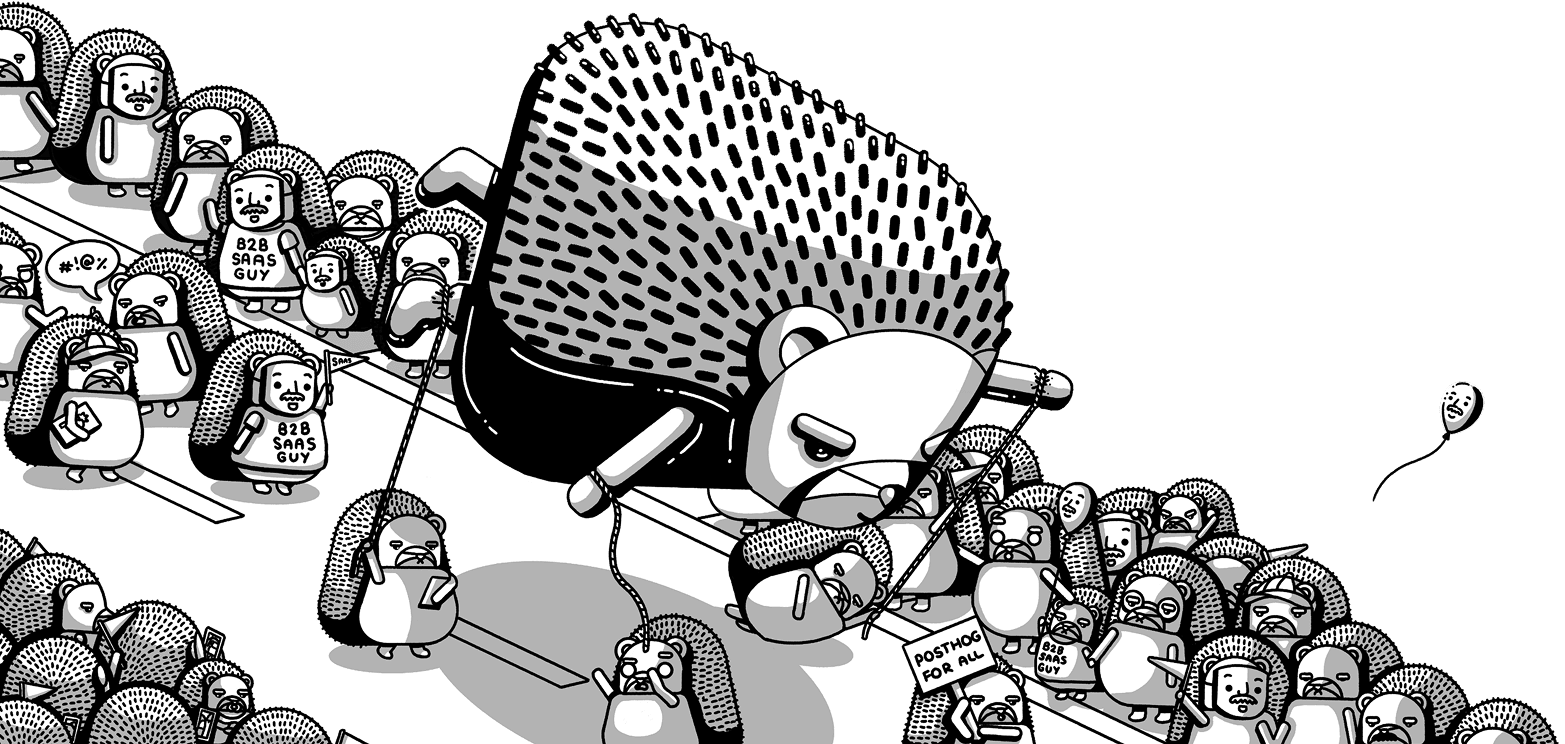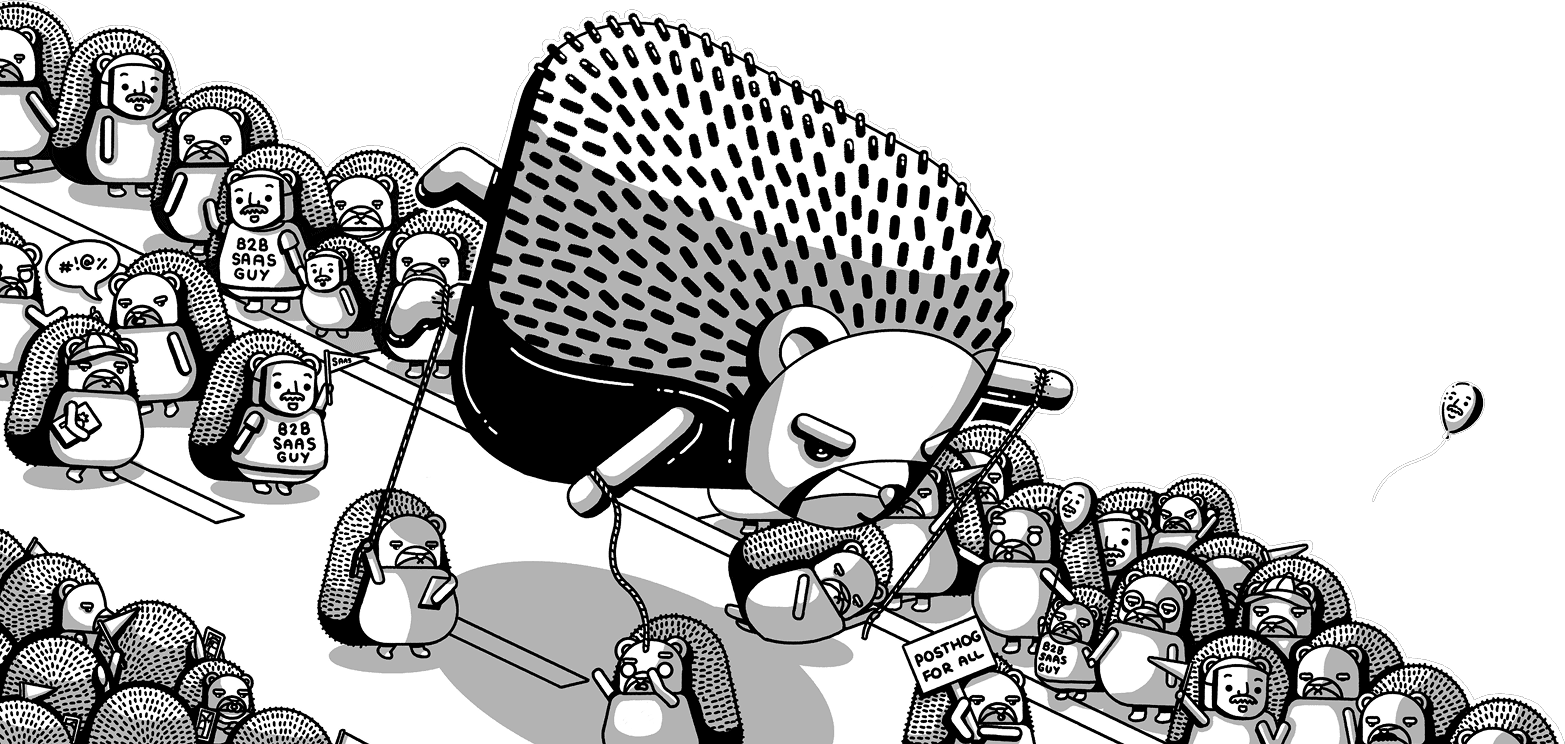
How Supabase 10Xed with the help of PostHog
Jun 15, 2025
Contents
Postgres in the cloud
- Devtool
- Engineering
- Growth
- Marketing
When he joined Supabase’s marketing team, Aleksi Immonen says most of the data he needed was fragmented across a handful of different tools and point solutions. The team used Plausible to track website traffic, for example, and internal tools for some of the event tracking.
“The result was that it was quite challenging to do even basic attribution or usage-pattern analysis with the data,” says Aleksi. “We were self-hosting Plausible, and we had some data there, but it was quite limited, and the UI was just a little too slow for people to want to use it. So we did basically everything through BigQuery.”
“And our A/B testing process! It had a lot of friction. We had a velocity of 1–2 experiments per month because multiple people needed to be involved, and it was such a specialized task.”
Data wasn’t just fragmented — it was also incomplete due to the limitations of each individual platform and differences in their interoperability. Events tracked in internal tools, for example, didn’t always match 1:1 with data from Plausible, and no individual team had ownership of it all.
“None of us really had a full view of what event data we were tracking or the event definitions,” he explains. “But I’d used PostHog at my previous company at Twice Commerce, really liked it, and knew it could help us a lot with attribution, funnel analysis, and A/B testing. PostHog’s open-source nature was also a plus.”
�“I think PostHog is just super. It’s great for data collection, A/B testing, and web analytics. Plus, I also just really love James’ meme game.
Using product analytics and PostHog AI to get insights, fast
Before switching to PostHog, which they deployed server-side via the Node SDK, Supabase’s team struggled to produce quick analysis of attribution and product usage patterns.
Now, every Supabase team can use the same set of data and interact with it effortlessly — either by using existing insight types, writing their own SQL, or using PostHog AI to generate SQL queries for them.
"PostHog has proven to be easy to use and adopt for product engineers. It’s also very easy to slice and dice data and to trace events back to a user, project, or an organization. PostHog also comes with built-in analysis tools—like funnels, retention, and user journey breakdowns—that make digging into the data easy."
PostHog AI, PostHog’s built-in AI assistant, is especially useful for complex investigations. Not only can PostHog AI easily write SQL queries on your behalf (or fix errors if you want to work alongside it), but it can be given access to your product data to help you find what you need.
“I like PostHog AI as a helper because it knows PostHog terminology, as well as the data model, and schemas. It can fix my mistakes, help me join the right tables, and more. It makes everything a lot easier and faster.”

How PostHog helped Supabase 10X weekly new user acquisition
PostHog has unlocked many other advantages for Supabase, says Aleksi. However, the biggest win has been the ability to identify new growth opportunities and double down on them early.
“Like PostHog itself, most of our growth comes from word of mouth,” explains Aleksi. “We don’t run any ads; the growth comes from many small sources: recommendations, videos, tutorials, viral memes". It’s instrumental for us to be sensitive to what’s going on and to really be in tune with the developer community."
In late 2024, just after adopting PostHog, Supabase noticed signals of a whole new category of acquisition source: AI builder tools.
As soon as the team spotted the early trickle of sign-ups generated by AI builder tools, the obvious next move was to build partnerships with them. Fast forward to now, and not only does Supabase have a clear view on how AI builders contribute to growth, but the team also regularly spots new AI builder tools appearing in its analytics.
"We’ve been very lucky to be the backend of choice for AI builder tools. It’s the result of years of hard work by the product teams and by everyone at Supabase, all of us staying laser-focused on solving real problems for developers. PostHog helped us recognize these tools early on and act quickly to help them succeed."
"Once we see a new one has appeared (weekly occurence), we can then look at all the other stats and make decisions about how to partner with them,” says Aleksi. “As a result—with AI builders as an important piece of the puzzle—we have already 10Xed our weekly user acquisition.”
“So, yeah, PostHog has literally helped us get 10X more weekly new users than we did a year ago.”
PostHog is an all-in-one developer platform for building successful products. We provide product analytics, web analytics, session replay, error tracking, feature flags, experiments, surveys, LLM analytics, data warehouse, CDP, and an AI product assistant to help debug your code, ship features faster, and keep all your usage and customer data in one stack.








